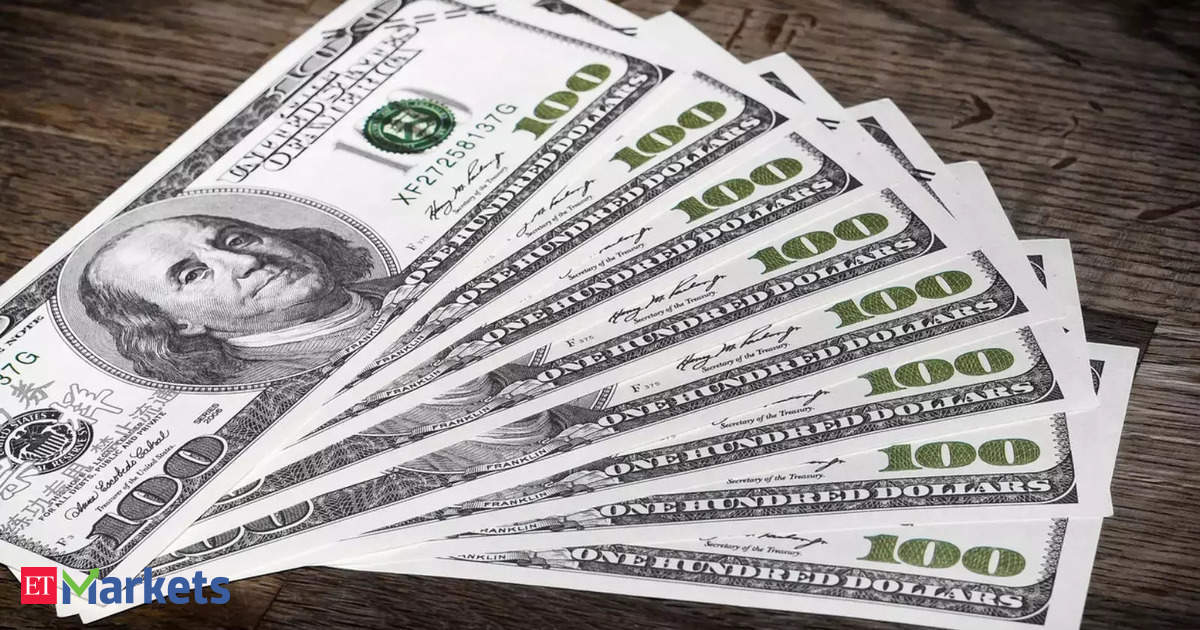Dollar set for weekly drop on US slowdown signs
It was last at $1.0861. April's annual U.S. inflation numbers met expectations but, since they were lower than the month before, they encouraged confidence that the can cut in September and December - driving rallies in and and pressure on the dollar.
U.S. were also flat in April and softer-than-expected, and manufacturing output unexpectedly fell.
"(Besides inflation) a lot of activity data has been cooling off," said strategist Imre Speizer, contributing to selling of the dollar.
At the same time, even though markets price European rate cuts beginning in June, recent data has shown some upside surprises. Germany's economy grew more than expected last quarter and investor morale is at a two-year high.
The Australian and New Zealand dollars are each up more than 1% on the U.S. dollar this week, with the kiwi up 1.7% and eyeing its best week of the year. [AUD/]
At $0.6675, the Aussie was knocked from a four-month high as a surprise rise in unemployment figures seemed to curtail any risk of another rate hike.
The New Zealand dollar was last steady at $0.6120 with traders looking ahead to next week's central bank meeting, where the official cash rate is expected to stay at 5.5%.
Sterling is up 1.1% this week to $1.2664. The Japanese yen has been broadly steady at 155.48.
In cryptocurrency markets bitcoin is up 6.6% this week to $65,343.
Chinese retail sales and industrial output data is due later in the session, and later on Friday final numbers are published.
(Reporting by Tom Westbrook; Editing by Sonali Paul)
Source: Forex-Markets-Economic Times
